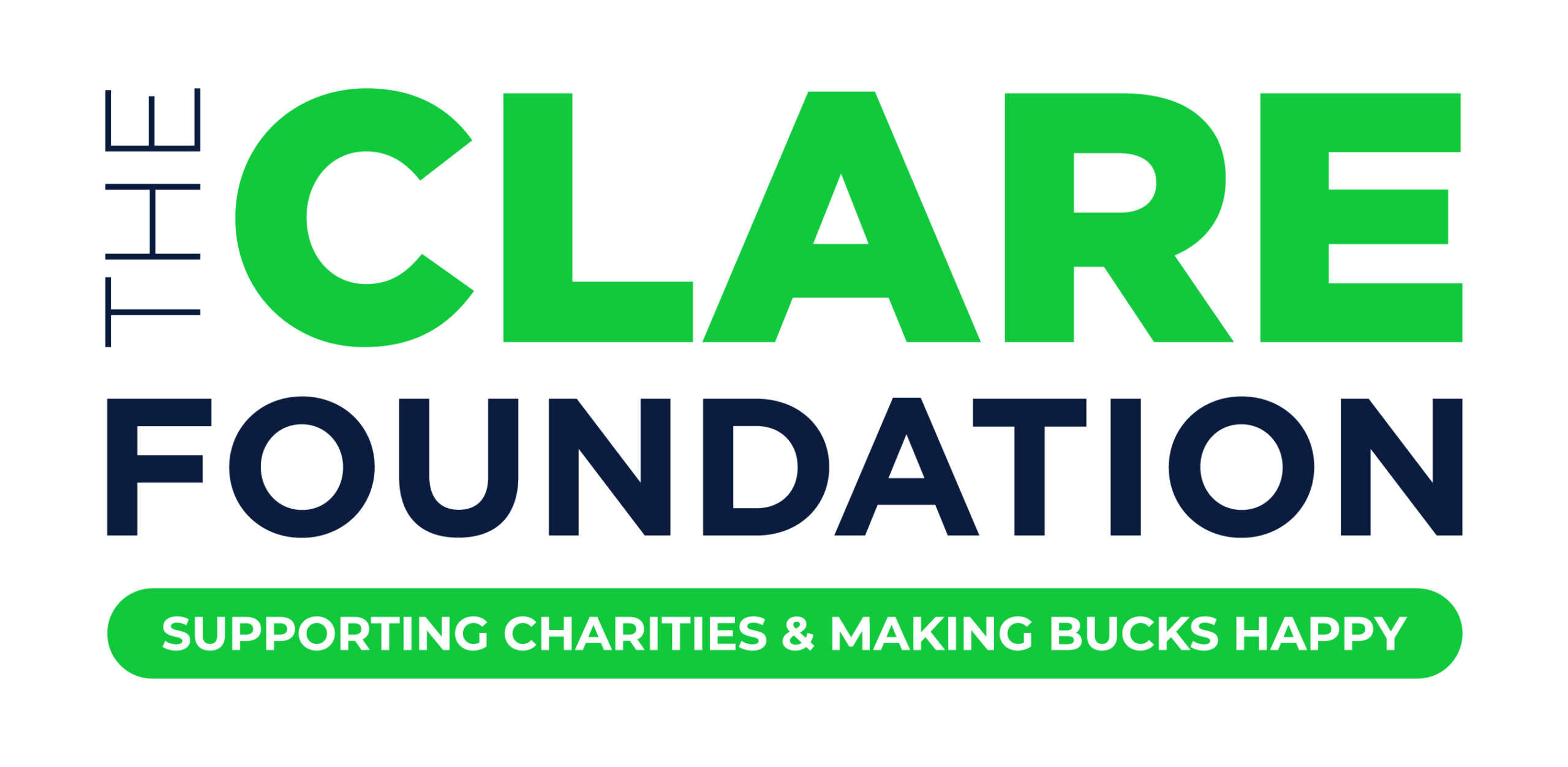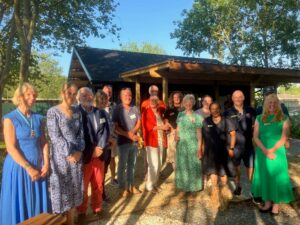Creating a website that works for your charity
We’ve recently gone through the most rapid technological change in decades. Covid is said to have crammed 10-15 years of technology advancement and implementation into the space of 18-24 months. The amount of products and brands I can now have delivered to my home in 1-2 days (or even hours) is mind-boggling.
• I can order fine dining food from a restaurant in London and cook it at home.
• I can have groceries delivered to my house in under 1 hour.
• I can attend any manner of events or concerts online, or in person.
Charities are no different. 2 years ago, online fundraisers and hybrid events had never been heard of and online donations were largely secondary or even tertiary income streams.
The big boys have (as often is the case) led the way in terms of developing and utilising these tools and behavioural changes, but many charities have been left behind with a mixture of budget, personnel and know-how issues meaning that rapid change (if any at all) just couldn’t and still can’t happen. It’s an issue that is here to stay, and it’s really important that charities and CICs have a website that works hard for them
One of the reasons this is really important is the unknown longer term impact of Covid (and other current global events) on our world and on the potential behaviours of our supporters. Covid is receding, and is all but being ignored by the Government (at the moment), but there’s no knowing what will happen as we move into the back end of the year to colder weather, and more Covid friendly conditions rear their heads again.
If we learn to live with Covid, that’s great, but there will be different behaviours from different people, so it’s important we give supporters every possible way to interact with and support our charities and our websites play a huge and pivotal role in that.
Regardless of external factors, digital is only going to become more and more intertwined with our lives, and your website is a key tool in ensuring that, no matter what happens, your message (and in some cases, services) can be accessed at any time by your potential supporters.
Whether it’s Covid, war or the cost of living crises – things are moving quickly and the easiest and best way to keep up is to ensure you have a strong digital presence and offering, which needs to start with getting your website right.
There are 4 principle goals for a charity or CIC website:
- Information
People are coming to your site to get information about the service you provide, events you’re running, the organisation itself, or a specific problem they’re having that you may be able to solve. - Education
Your website visitors are coming to your site to learn more about a specific topic – e.g. the symptoms of an illness, how to treat a specific condition, or where to get support. - Donation
Fairly obvious, but these people want to give money, or items to your charity via your website. - Participation
Your supporters want to know how they can get involved in the activities and events you’re running, or wish to volunteer their time to your organisation.
There are 4 key areas to a website, and how ‘good’ it is as a communications tool:
- Does it work?
This is the technical side of your site –
• Do all the links work?
• When you click a button, does it take you to the right place?
• Is it safe and secure?
• Is it accessible for all groups?
• Does it load quickly, and correctly on all browsers?
• Does it work as well on mobile phones and tablets as it does on desktop devices?
- Is it easy to use?
• When a visitor lands on your site are they able to quickly and easily get to the information or resources that they need?
• Is the user journey through your site simple and intuitive?
• Can visitors achieve all key actions in less than 3 clicks?
- Can you find it?
• This relates (primarily) to SEO performance and whether, when people are searching for your site, or your services using a search engine, does your charity or organisation show to users on the first page?
• If it doesn’t, the chances are, you won’t be seen.
- Does it look good?
This is pretty Ronseal and also the most subjective – we all have different ideas of what ‘looking good’ is – does your site look aesthetically pleasing?
• Are images all displaying (and correctly)?
• Is it consistent?
• Is the branding and design attractive?
• Does it remain attractive on mobile devices?
There are 3 key requirements when it comes to converting traffic into donations (or meaningful interactions):
- The 3 click rule – Once you’ve got someone hooked, it’s important to make the process from there incredibly simple. The simple rule is, once a user has clicked ‘donate’ – make sure they complete their transaction in no more than 3 clicks. Every step you put in their way, is a possible exit point for them in the process, so make it easy. You’ve probably done a lot of hard work getting someone to visit your site. Don’t let that hard work go to waste by delivering a clunky, poorly designed and laborious website that may turn your visitors off and hinder your fundraising efforts.
- Make it easy – A very short and easy statement, but carries a lot of weight in reality. I mentioned it earlier in the session, and I’ll say it again, because it really is key. Making sure visitors to your site can find what they want quickly and easily means they will, for sure, stay on your site for longer, increasing your conversion, and therefore donations in the process. People can’t donate to you if they aren’t on your site. Secondly, everyone is different and likes to interact in different ways, so it’s important to give people options to donate:
- Online (CAF, JustGiving, Donorfy, Blackbaud etc)
- Text
- Post
- Phone
- Mobile friendly – 54% of all website traffic is now via mobile phone, and that’s an average, so for some users and groups, that number will be even higher! Your site should have been designed responsively – that is, it is optimised for use on desktops, tablets and phones. If it isn’t, I guarantee you’re losing out on valuable donations. It looks like a lot (and it is), but these are the core elements of creating a website that works as hard as it possibly can to generate funds and awareness or to educate and inform your visitors.

If you would like to know how your current site is performing for you, you can take advantage of our exclusive The Clare Foundation offer, to receive a website audit for just £99 inc.VAT (usually £299).
Follow the link here – https://thenorthernbear.co.uk/websiteaudit



